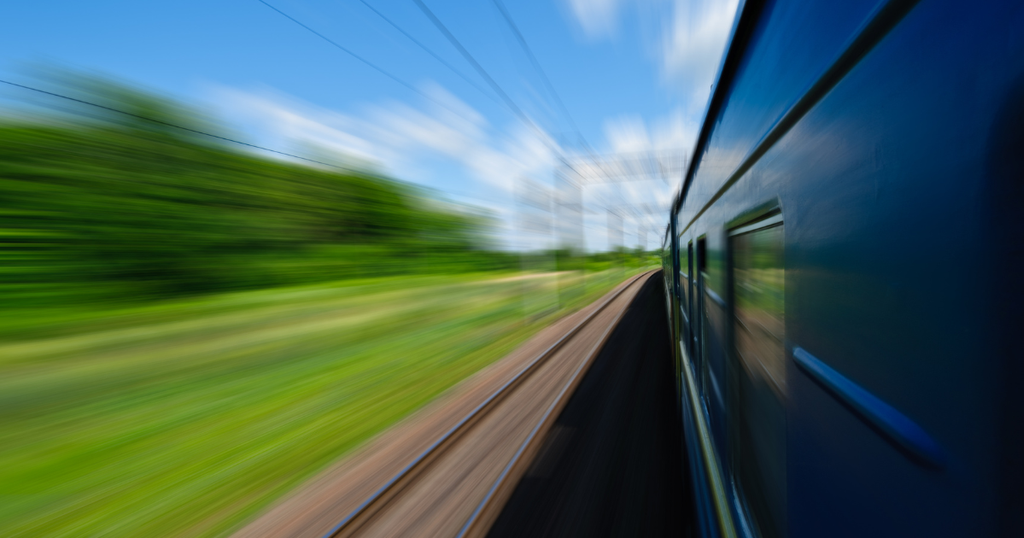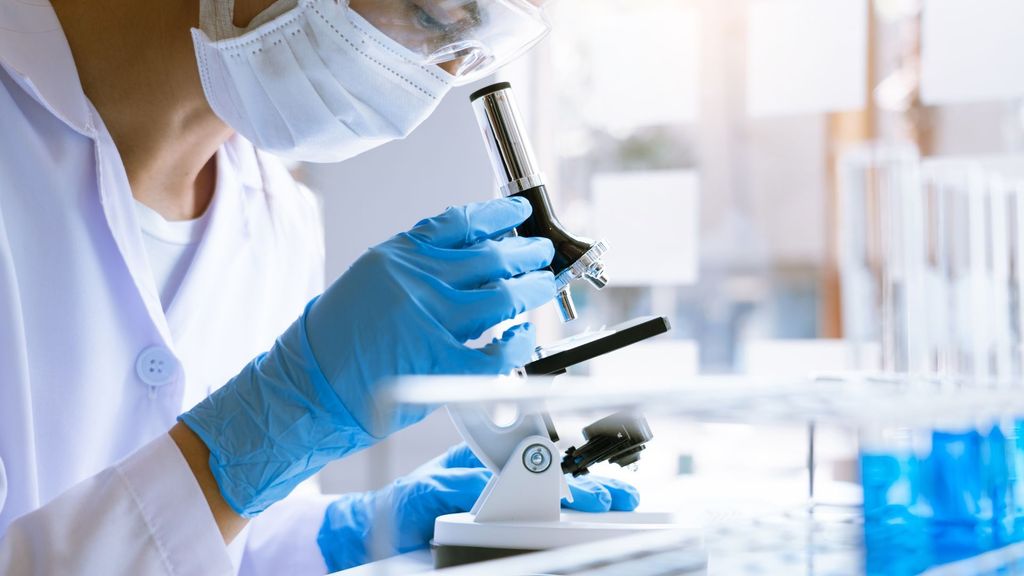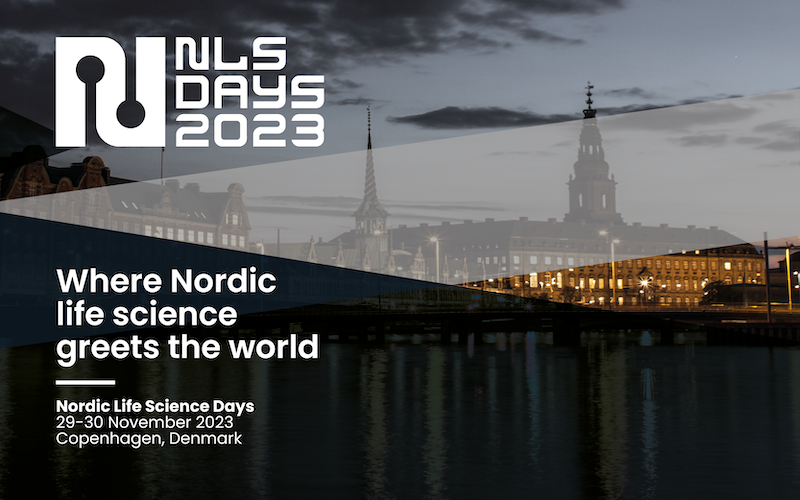- Market Info
Hydrogen mobilities: French trains are running towards zero emissions!

This is the third industrial revolution for trains, after steam and electricity. Tested for the first time in France last September, hydrogen should become a reality for trains in less than ten years.
French strategy for digitalization and decarbonization of rail transport
The development of hydrogen-powered trains is part of the national energy transition ambition to reduce greenhouse gas emissions and noise in transport. Today, there are more than 1,200 diesel trains in France. They will have to be renewed within the next ten years. Today, 45% of the rail network is not electrified. France has two solutions: either to electrify, with the cost that this implies, or to move towards hydrogen, which has a future in France, and a European and global market to conquer.
- In July 2021, the French government presented a plan for the digitalization and decarbonization of rail transport, as part of the France 2030 investment plan. Three priority investment themes have been identified and retained: light rail, digitization of the rail network, and automation of rail freight operations.
- The development of light rail should make it possible to offer solutions adapted to the operation and renewal of small rail lines, which contribute to regional cohesion, in line with the government’s action plan for fine rail lines launched in February 2020. Lighter, less costly trains and more efficient track and signaling components should create a virtuous circle: lowering costs, developing the transport offer by increasing the number of trains, attracting more passengers, and thus improving the economic equation for these lines.
- Digitization of the rail network will allow more trains to run on time on the same infrastructure, taking full advantage of connectivity, precise train positioning, centralized data, and network controls in rail control towers.
- Finally, the automation of rail freight operations should contribute to the goal of doubling its share by 2030. Thanks to increased digitalization of processes, marshaling, wagon coupling, and locomotives, rail freight can increase the economic relevance of single wagon transport, serving the needs of our industrial territories.
Read more: #FranceRelance, €30 bn for the energy transition
France has an advanced industry to become the leader in green mobility
Indeed, the French multinational Alstom, which aims to become “the leader in green and intelligent mobility,” has put the Coradia iLint on the track for the first time in France at the Valenciennes (North) rail test center. This is the world’s first passenger train powered by a hydrogen fuel cell, producing electrical energy for traction. This zero-emission 100% regional hydrogen train is quiet and emits only water vapor and condensed water as it passes.
A pioneer in fuel cell trains and building on the success of four years of experiments, the rail equipment manufacturer will market its first hydrogen trains as early as 2023 to replace diesel trains on small non-electrified lines. After positive tests in Austria, the Netherlands, Sweden, and Poland, the company is expecting more orders to run hydrogen trains. Indeed, the potential of hydrogen is strong in Europe: Alstom wants to equip small non-electrified lines, which represent 40 to 50% of the rail network in Europe.
In the meantime, the French equipment manufacturer is continuing to develop hydrogen-powered trains, relying in particular in France on its global center of excellence in powertrains in Tarbes (Hautes-Pyrénées) and on Helion Hydrogen Power, based in Aix-en-Provence (Bouches-du-Rhône).
Read more: How France and Normandy bet on hydrogen to accelerate the green transition
France could meet European ambitions for greener rail
The French international champion in the rail market Alstom and PKN ORLEN have just signed an agreement to introduce hydrogen trains and hydrogen refueling stations in Poland. These hydrogen trains and their infrastructures should be operational in two years, in 2024, which would allow Poland to reduce its CO2 emissions more quickly.
In addition, some reflections are initiated in the Nordics to provide industry players with sustainable and efficient transport. For example, Inlandsbanan, an inland line that runs from south to north along Norway, in collaboration with Statkraft, has launched a feasibility study. They want to investigate the infrastructure and logistics for hydrogen production in the interior of Sweden. This commitment fulfills Inlandsbanan’s ambition to create a fully green priority freight corridor across half of Sweden without emissions. It is thus an important step in providing.
Read more: Normandy, the next step for the Nordics towards energy transition?





